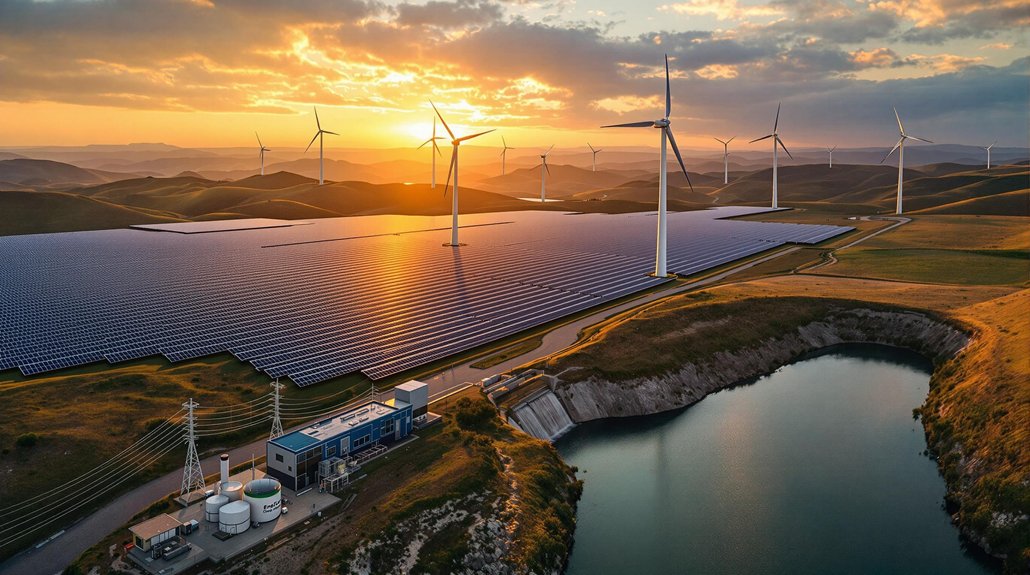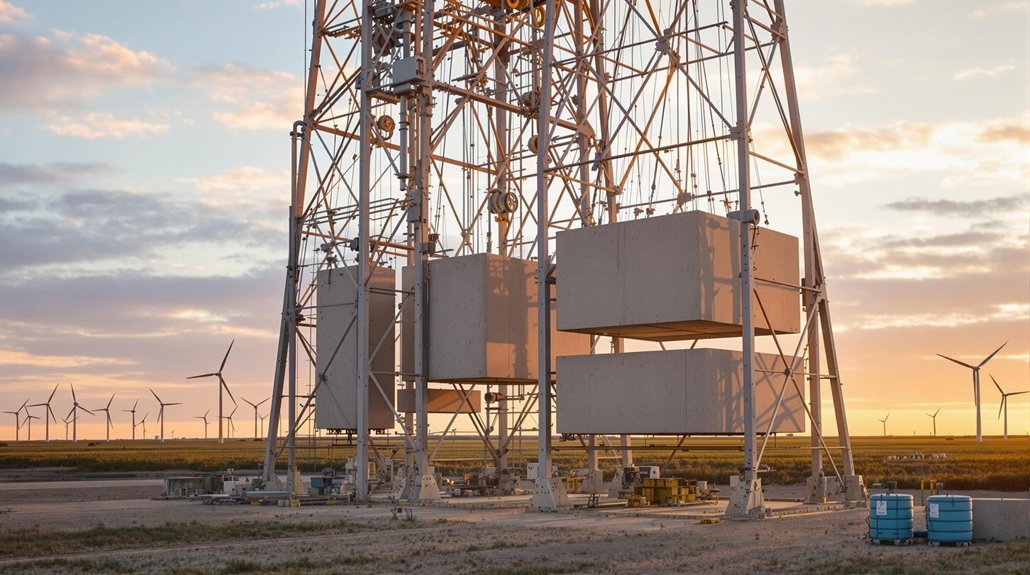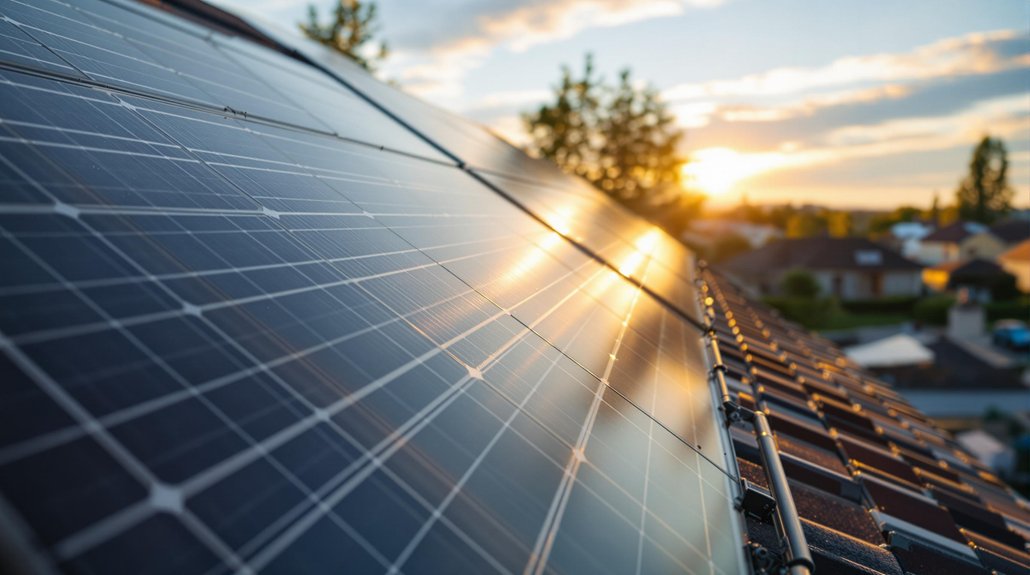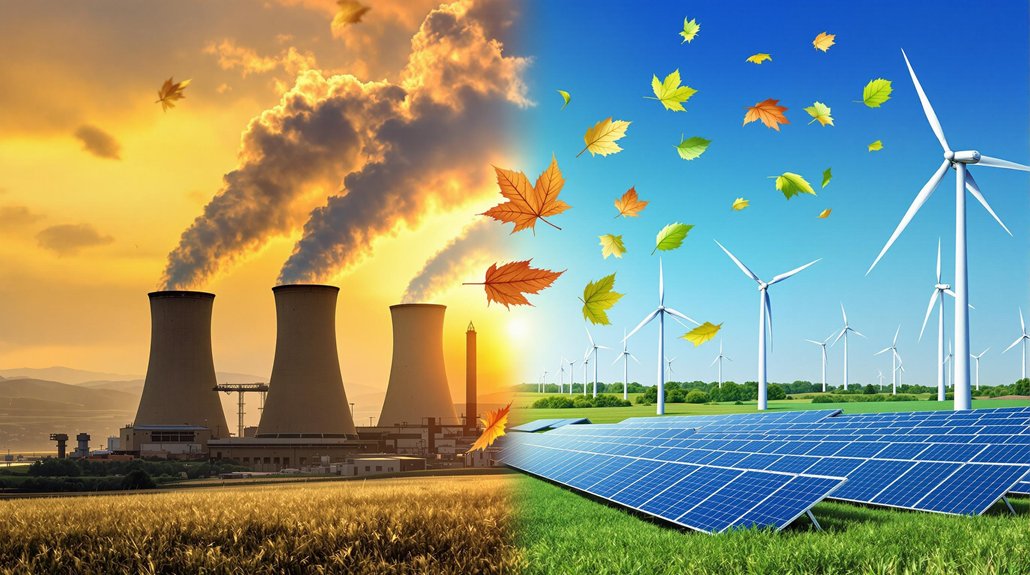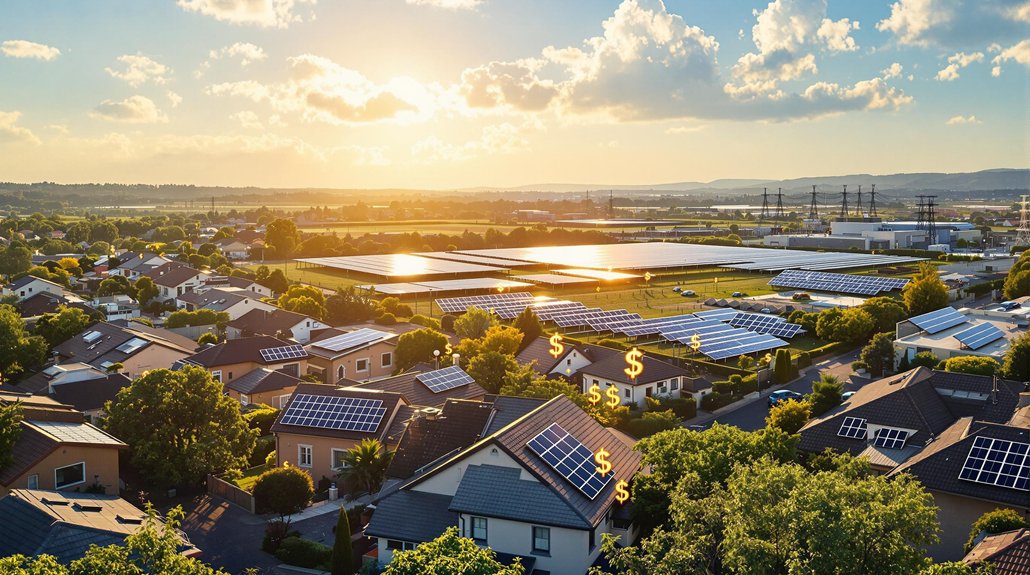Enel Green Power leads the global shift to sustainable energy with over 1,200 plants producing 43 GW of renewable power. The company invests in solar, wind, hydropower, geothermal, and biomass technologies to reduce greenhouse gas emissions and enhance energy security. Despite challenges like high initial costs and intermittent production, they’re implementing AI and smart grid technologies to improve efficiency. Government policies and growing economic viability continue to strengthen the renewable energy sector’s outlook.
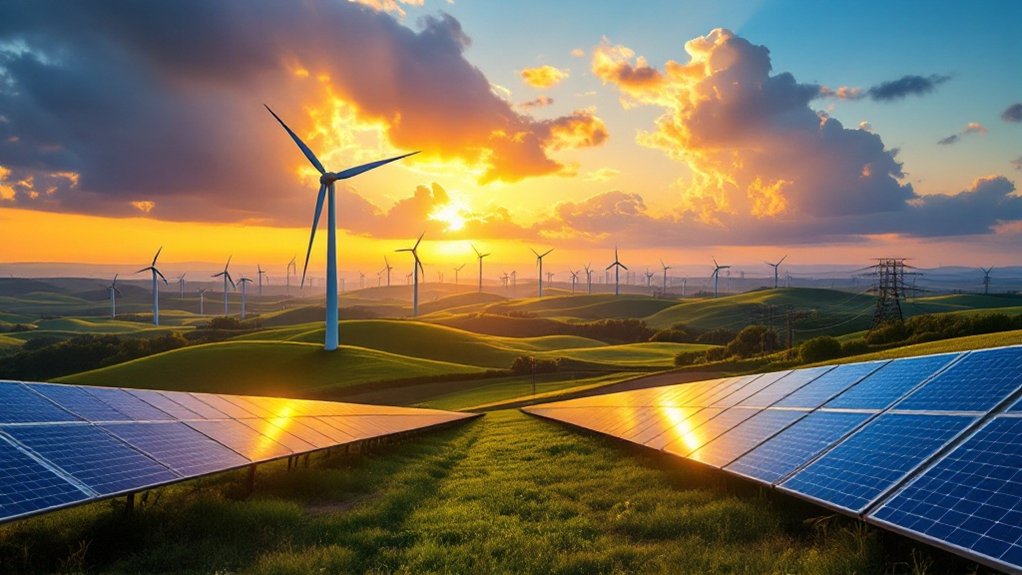
As the world faces growing concerns about climate change, sustainable energy solutions have become essential for our planet’s future. Enel Green Power stands at the forefront of this global change toward cleaner energy sources. The company has invested heavily in various renewable technologies including solar, wind, hydropower, geothermal, and biomass energy production.
Enel Green Power’s work helps reduce greenhouse gas emissions that contribute to global warming. Their projects provide energy security in many regions, decreasing dependence on imported fossil fuels. The company’s expansion has also created thousands of jobs in the renewable energy sector.
The path to sustainable energy isn’t without hurdles. Enel faces challenges like high initial costs for building new facilities and the intermittent nature of some renewable sources. When the sun doesn’t shine or wind doesn’t blow, energy production can drop. The company has tackled these issues by developing better energy storage systems and using smart grid technologies. These innovations reflect the broader industry trend toward developing sustainable solutions that replenish naturally rather than deplete finite resources.
Recent technological advances have helped Enel improve their operations. Their newer solar panels convert more sunlight to electricity than older models. They’ve also embraced artificial intelligence to optimize energy management and distribution across their networks. The company manages over 43 GW of capacity across more than 1200 plants on five continents, demonstrating impressive global scale. The company’s approach demonstrates how embracing renewable energy actively mitigates carbon emissions while providing reliable power.
Enel’s growth reflects global trends in renewable energy. Worldwide, renewable energy capacity grew by 45% between 2015 and 2020. Their projects span multiple continents, contributing to the goal of many countries to increase their clean energy production.
The economics of sustainable energy have improved dramatically. In many regions where Enel operates, solar and wind power now cost less than fossil fuels. This shift has attracted more investment to the sector, which globally reached over $300 billion in 2020.
Government policies have supported Enel’s expansion. The Paris Agreement and various national incentives like tax breaks and feed-in tariffs have created favorable conditions for renewable energy companies. As these supportive policies continue to develop, Enel Green Power remains positioned to lead the shift to a more sustainable energy future.
Frequently Asked Questions
What Is Enel Green Power’s Global Market Share?
Enel Green Power’s exact global market share isn’t provided in the data.
The company manages 64.7 GW of renewable capacity worldwide, making it the “world’s largest private renewable energy player.”
It operates 1,300+ plants across five continents, with 54% of capacity in the Americas and 41% in Europe.
Their technology mix includes hydro (27.56 GW), wind (19.88 GW), and solar (13.90 GW) power.
How Does Enel Compare to Competitors Like Iberdrola and Nextera?
Enel leads competitors in renewable capacity with 59 GW managed across 5 continents, compared to Iberdrola’s 38,000 MW and NextEra’s 21,900 MW.
While NextEra claims the largest global wind and solar production, Enel Green Power is recognized as the world’s largest renewable energy company.
All three companies emphasize different strengths – Enel focuses on smart grids, Iberdrola excels in offshore wind, and NextEra has exclusive GE turbine rights in the US.
What Are Enel’s Employment Diversity and Inclusion Policies?
Enel’s diversity policies focus on five key areas: gender equality, age diversity, disability inclusion, cultural diversity, and LGBTQ+ equity.
The company has implemented a global Diversity Policy since 2015 and strictly enforces non-discrimination.
Enel runs various initiatives including Employee Resource Groups and parental programs.
The company has earned recognition from Bloomberg’s Gender-Equality Index and received awards for its inclusive workplace practices.
How Does Enel Finance Its Renewable Energy Projects?
Enel finances its renewable energy projects through several methods. They use Power Purchase Agreements (PPAs), which provide stable revenue for 10-20 years.
The company has issued $3.5 billion in green bonds since 2017. They also utilize project finance with loans secured by project assets.
Additionally, Enel forms partnerships and joint ventures, sometimes selling partial stakes in operational assets to free up capital for new projects.
What Challenges Has Enel Faced Entering Emerging Markets?
Enel has faced several hurdles entering emerging markets. The company has struggled with complex permitting processes and inconsistent renewable energy policies.
Currency volatility and limited access to affordable financing have created economic challenges.
Technical issues include integrating renewables into weak grid systems and finding skilled local workers.
Enel has also encountered land acquisition conflicts with communities and cultural differences affecting business operations.
